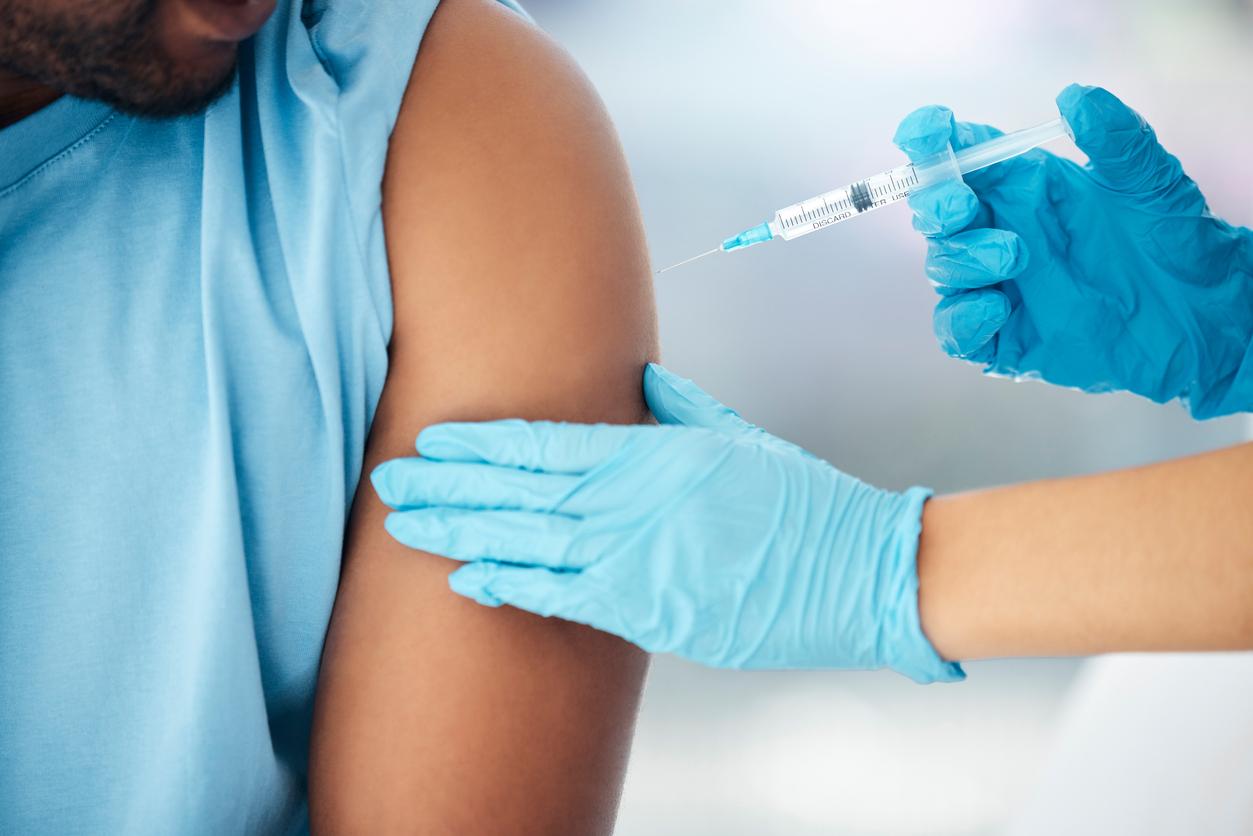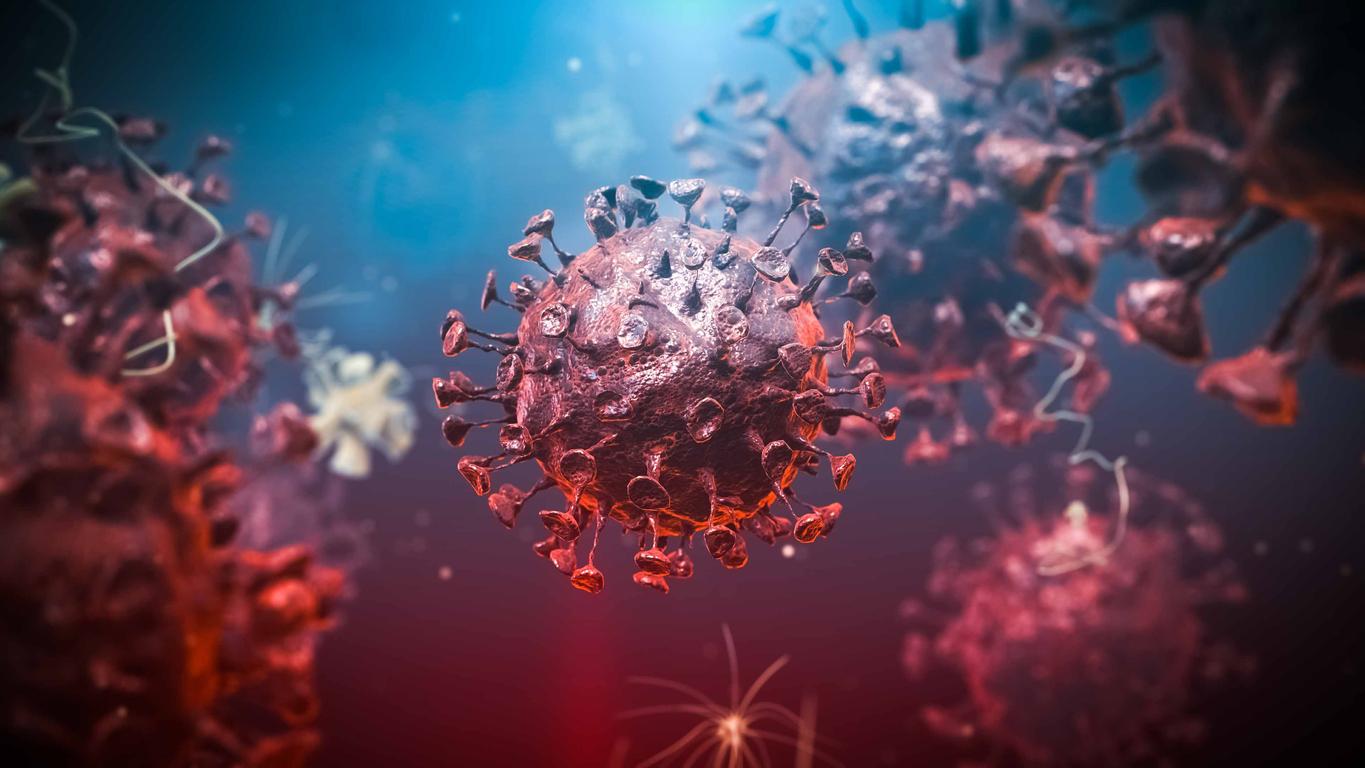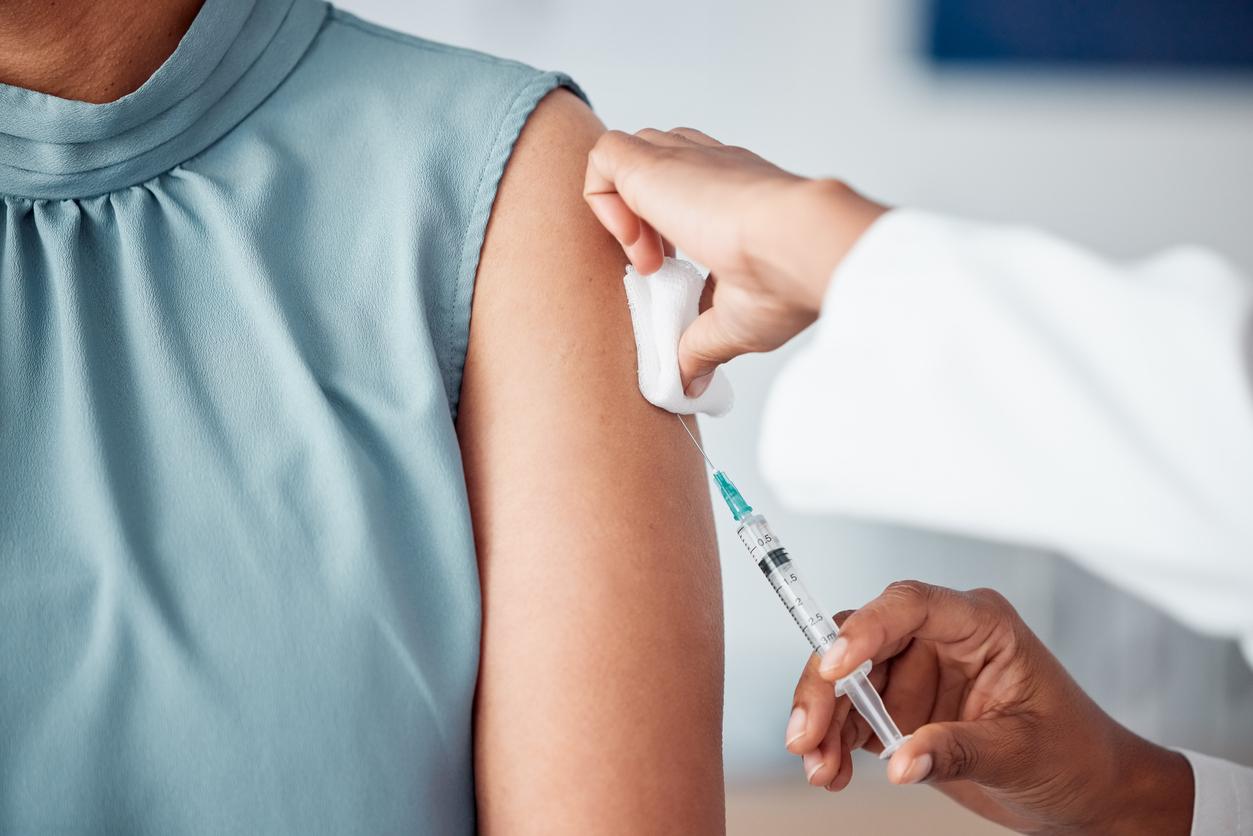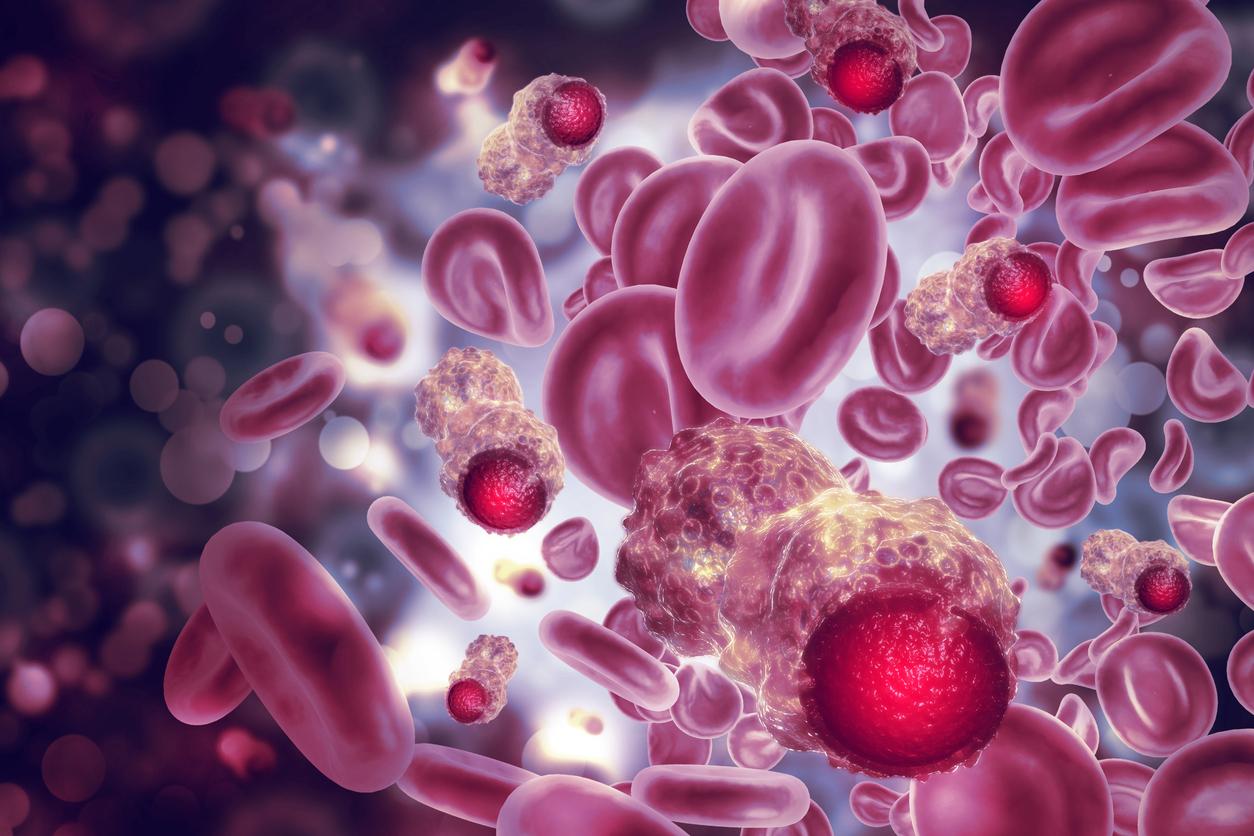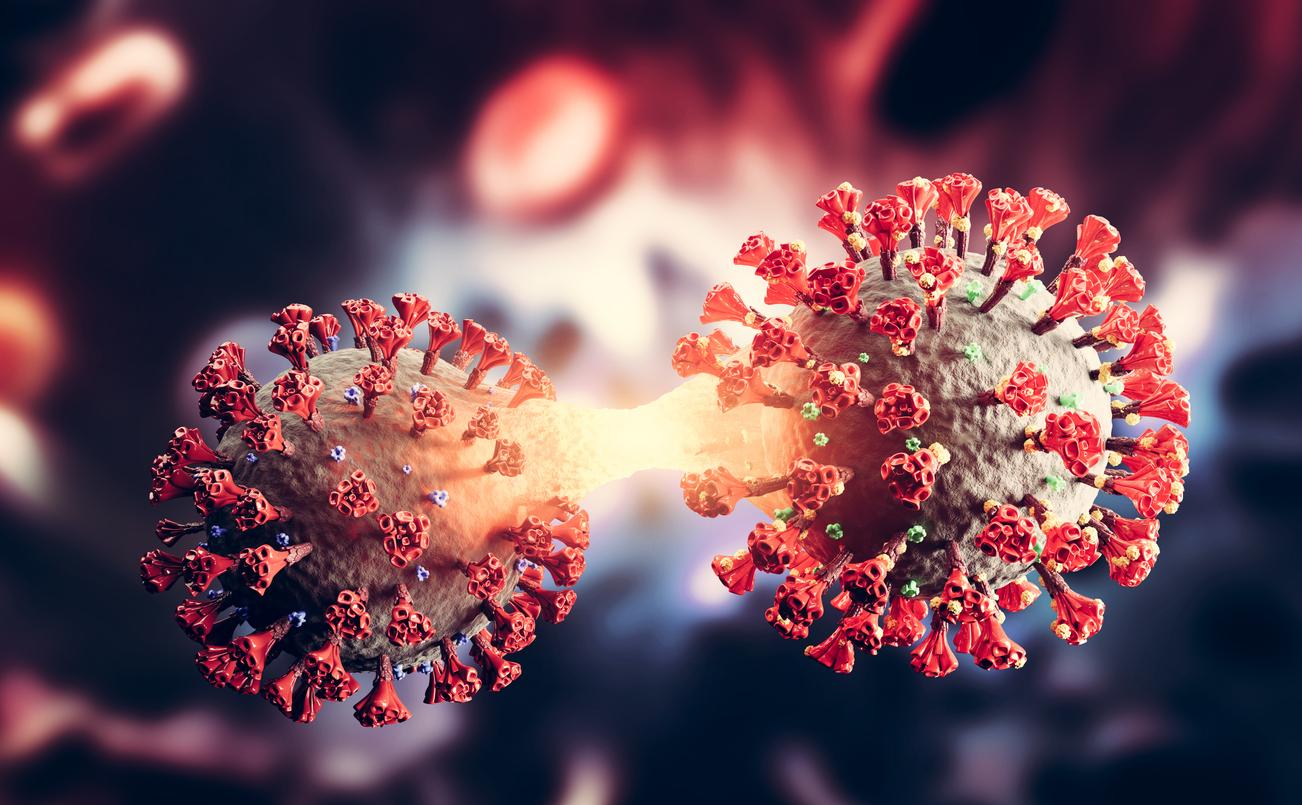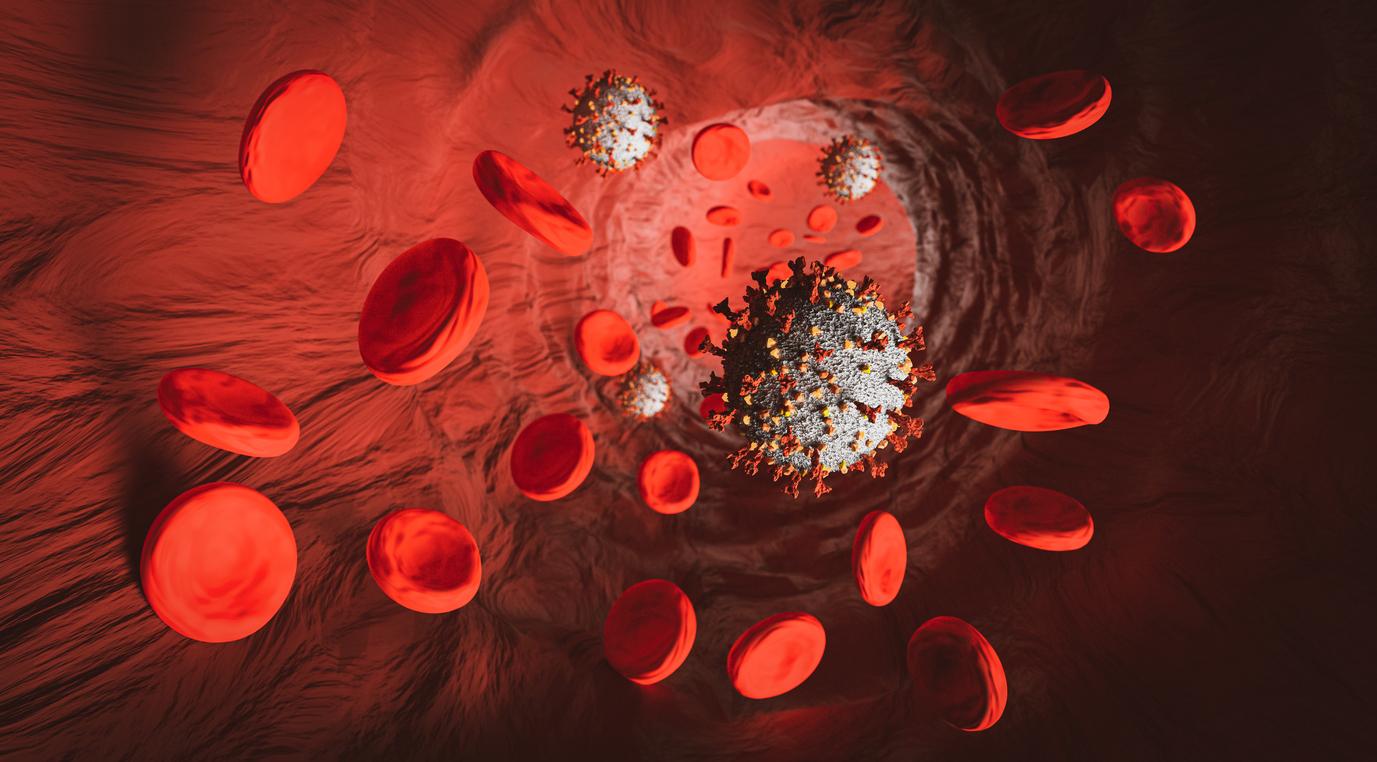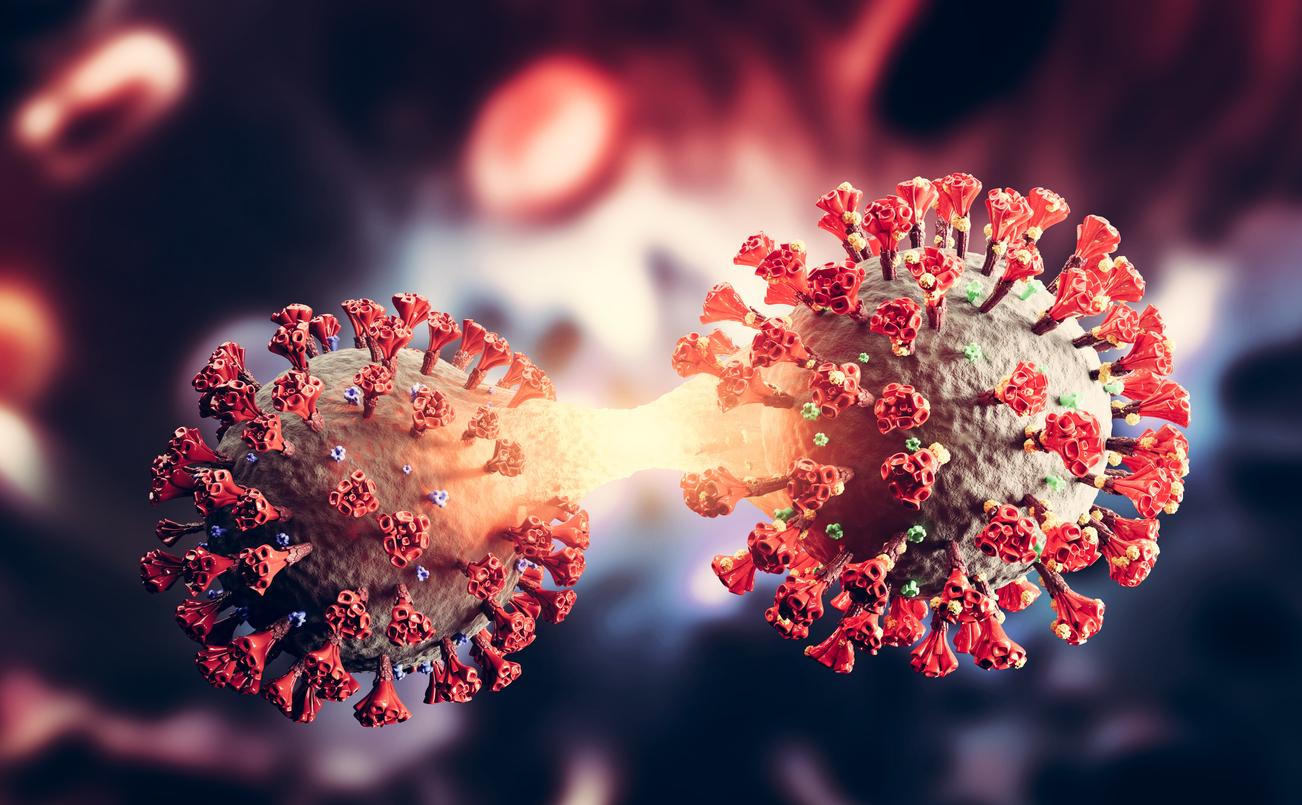To speed up vaccination, several countries are considering extending the time between the two injections, but this could affect its effectiveness. This could, moreover, also be affected in France by an error in the protocol of the Ministry of Health for vaccination in nursing homes.
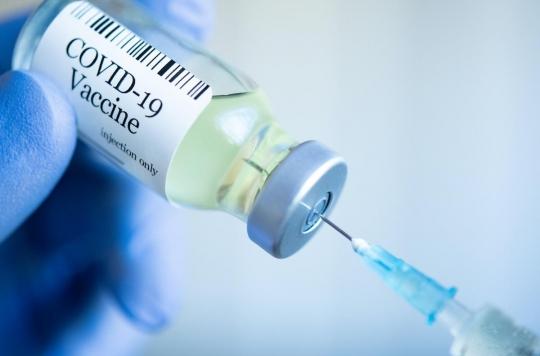
- The efficacy and safety of the vaccine have not been evaluated for other dosing schedules, Pfizer said.
- The vaccine must be injected intramuscularly but some inject it subcutaneously.
- The leaflet from the Ministry of Health forgot to specify that the vaccine should not be shaken and the needles provided are often unsuitable.
The European Medicines Agency has just approved the Moderna vaccine. Nearly 160 million doses have already been pre-ordered by the European Union. This is the second vaccine authorized on European soil after that of Pfizer, which could facilitate the acceleration of vaccination campaigns.
But it would still be necessary that these vaccines be correctly administered. Following the recommendations of the Pfizer and BioNtech scientists who designed it, the World Health Organization (WHO) has recommended that the second dose be injected between 21 and 28 days after the first. However, faced with the lack of stocks, some countries have expressed their desire to extend this period in order to be able to vaccinate as many people as possible. Problem: Maximum effectiveness is not demonstrated if the second injection is delayed. More serious, in France, an error in the protocol for administering the vaccine in nursing homes was discovered and could well reduce its effectiveness.
No evidence of maximum vaccine efficacy 21 days after first injection
Do it quickly and well. This is the challenge of global vaccination campaigns. Faced with the lack of stocks, some countries have planned to extend the time between the two injections. Denmark plans to wait six weeks between the two injections, the United Kingdom up to twelve weeks and Germany is evaluating the possibility of extending this period. These decisions are not without consequences since there is no scientific evidence to confirm that extending the time between the two injections guarantees that the maximum effectiveness of the vaccine is preserved, as confirmed by the BioNTech laboratory on Tuesday January 5 at the FinancialTimes. “Vaccine efficacy and safety have not been evaluated for other dosing schedules”, he indicated.
The head of the Danish National Health Agency, Søren Brostrøm, justified his decision, on public television TV2, by the desire to vaccinate the greatest number and by the documentation presented by the laboratories which reports a second dose received”between 19 and 42 days” after the premiere. “Although data show that there is partial protection as early as 12 days after the first dose, there are no data that show that protection remains in place beyond 21 days.replied the BioNTech spokesperson. We believe that a second injection is necessary to provide the maximum protection against the disease.”
The vaccine should be administered intramuscularly
In France, it is an error in the protocol for administering the vaccine provided by the Ministry of Health to nursing homes which worries about the effectiveness of the vaccine. “Usually, most vaccines are single doses, stored in the refrigerator and ready to use. The Pfizer vaccine, between its storage mode, at -70 degrees, and the fact that it is not a single-dose vaccine, requires special preparation and vigilance.“, alerted Laurent Fignon, geriatrician, who carried out several vaccinations against Covid-19 in Ehpad, at Yahoo! Health.
In addition to the storage and thawing conditions, the administration of the vaccine must respect several manipulations which have not always been followed. “The vaccine should be administered intramuscularly”, indicated the manufacturer. On social networks, health professionals have relayed vaccination photos where it appears that the injections are made subcutaneously. An error which can be attributed to the notice of the Ministry of Health, according to Frédéric Adnet, head of Emergencies at the Avicennes hospital in Seine-Saint-Denis. “I have the notice from the ministry in front of me, it says, for example, that you have to make a skin fold. This is a gesture prior to subcutaneous administration while Pfizer clearly indicates that the vaccine must be administered intramuscularly..”
Omissions and unsuitable needles
In its notice, the ministry also forgot to indicate that it is necessary “remove 1.8ml of air in the syringe” to equalize the pressure in the vial containing the dose of vaccine. A lack that can be dangerous since nurses tend to shake the vial to get rid of the air bubble, as is usually the method for vaccines, or “this RNA vaccine contains nanoparticles and should not be shaken, it is clearly noted by Pfizer in their leafletspecifies Frédéric Adnet. Lipid nanoparticles don’t like shocks.”
Finally, the last problem pointed out by specialists concerns the needles used. The equipment supplied with the doses of the vaccine seems unsuitable. “For the vaccinations, we used the needle supplied by Santé Publique France, 25G, which is a needle for subcutaneous injections. This does not fully respect the Pfizer protocol since the needle is not the right size”, specifies Laurent Fignon. If the needle is too short, the muscle may not be reached. “The recommendation is based on the fact that the tests were done intramuscularly. There is no evidence that administering the vaccine subcutaneously affects its effectiveness”, reassures the geriatrician.










